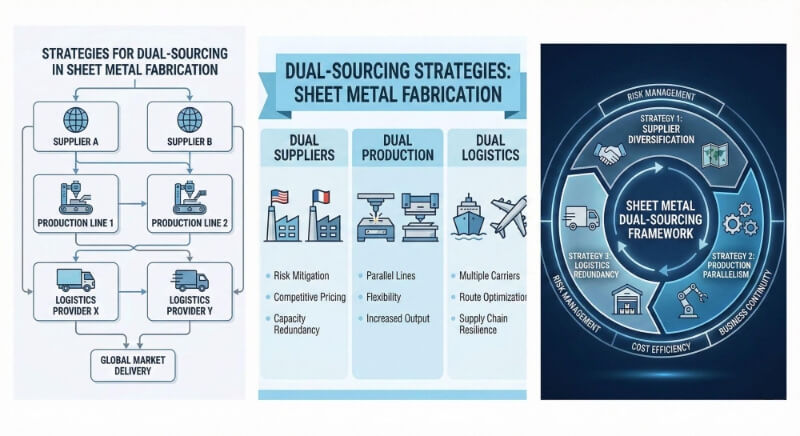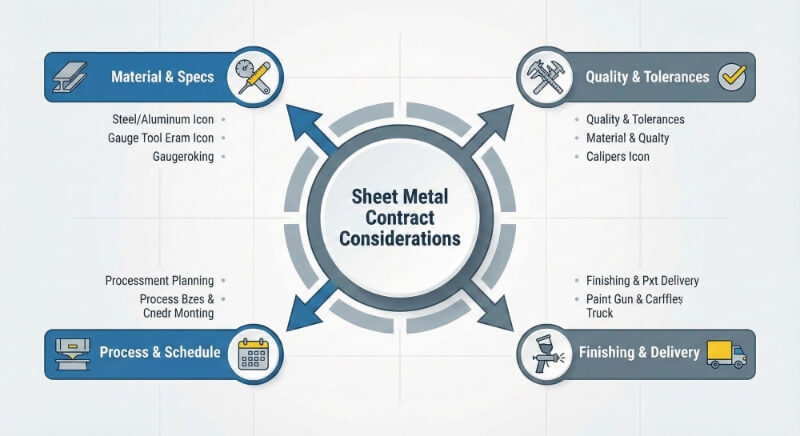Brass has always stood out for its warm tone and timeless look. But when it comes to finishes, many people feel unsure. Do you go for something shiny? Something aged? Will it hold up over time or fade? This guide will help you clearly see your options and choose the best finish for your use case.
Brass finishes come in a variety of types. Popular ones include polished, satin, antique, brushed, lacquered, and oil-rubbed. Each has a different look, feel, and level of durability. Some are better for decorative use, while others resist tarnishing and hold up in industrial settings.
Each finish comes with trade-offs in terms of looks, texture, cost, and resistance to corrosion. Please keep reading to see how they compare and which one suits your project best.
What Are Brass Finishes?
Brass finishes are surface treatments applied to brass parts. These treatments change the color, texture, and protection level of the brass. Some make the surface shiny and reflective. Others create a soft, matte look or even give it an aged effect.
There are two main types: mechanical and chemical. Mechanical finishes involve polishing, brushing, or sanding. Chemical finishes use acids, paints, or coatings to change the metal’s surface. Some finishes do both. The choice depends on the look and durability you need.
Brass finishes are used in many industries. You’ll see them in hardware, lighting, electronics, furniture, and architectural projects. The goal is to make the part look good and last longer in its working environment.
Standard Brass Finishes and Their Uses
Brass can be finished in different ways to match both design needs and performance goals. Each finish gives the metal a unique look and feel.
Polished Brass
Polished brass has a smooth, mirror-like surface. It shines and reflects light well. This finish is created by buffing the surface until it becomes glossy.
It’s often used in decorative items like door handles, fixtures, and lighting. The bright gold color adds a classic, high-end feel. But it can show fingerprints and may need frequent cleaning. To protect it, a clear lacquer is usually applied.
Brushed Brass
Brushed brass has a lined, matte surface. It’s made by rubbing the brass with a fine abrasive. This removes the shine and leaves soft, linear marks.
The result is a warm, textured look. It’s popular in modern and industrial designs. It hides smudges better than polished brass and is easier to maintain. You’ll find it on home hardware, cabinet pulls, and electronics.
Satin Brass
Satin brass is smoother than brushed brass but still has a low gloss. It doesn’t reflect much light and feels soft to the touch.
This finish works well for a clean, understated look. It blends easily with other materials like wood or stone. Satin brass is often used in bathroom fixtures, furniture accents, and commercial interiors.
Antiqued Brass
Antiqued brass is treated to look aged or worn. The surface shows darker tones, often with variations in color and texture. This is done using chemical patinas or controlled oxidation.
It gives products a vintage or historic look. This finish is often used in traditional or retro-style designs. It’s common in hardware, light fixtures, and decorative trim. It also hides wear over time, making it a good option for high-touch surfaces.
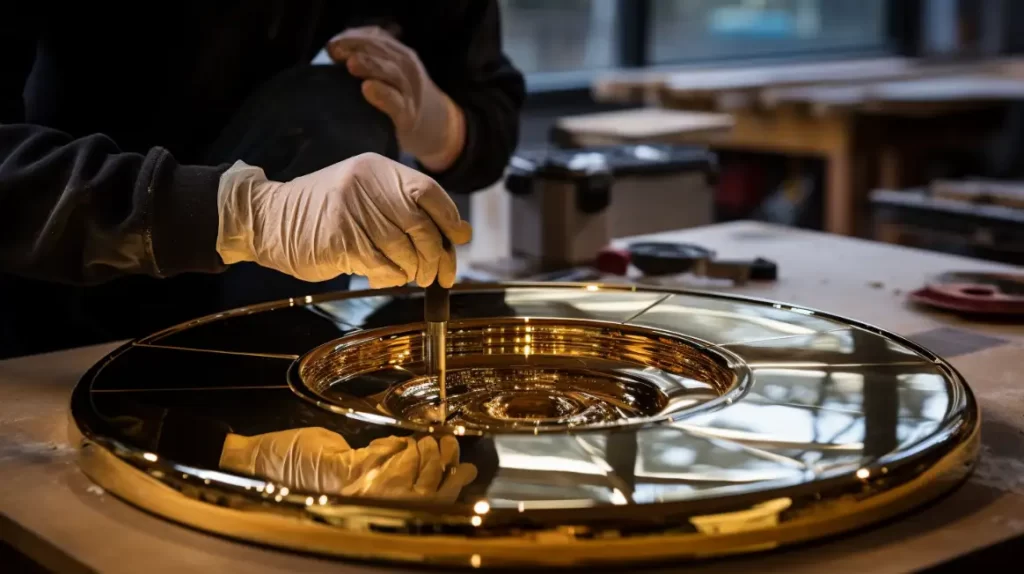
Aged Brass
Aged brass looks darker and more muted than polished brass. It shows soft brown or bronze tones created by controlled chemical treatments. The finish mimics the way brass naturally darkens over time.
This finish gives a warm, lived-in feel. It’s used in vintage-style designs or where a softer, less reflective surface is preferred. Aged brass is standard in furniture hardware, lighting, and architectural features.
Oil-Rubbed Brass
Oil-rubbed brass has a dark, almost black finish with warm undertones. It’s made by applying a dark oil or chemical solution to the surface. Some areas may be lightly rubbed to let hints of the brass color show through.
This finish gives a rich, dramatic look. It pairs well with rustic or industrial interiors. You’ll often see it on door knobs, faucets, and lighting. It can vary from piece to piece, which adds to its character.
Verdigris Finish
Verdigris is the green-blue patina that forms when brass or copper oxidizes. This finish can be natural or forced using chemicals. It gives brass a weathered, antique look.
The color stands out and adds bold contrast. Verdigris is used in artistic pieces, sculptures, and decorative hardware. It’s often chosen for projects that need a historic or coastal feel.
Lacquered Brass
Lacquered brass is coated with a transparent protective layer. The lacquer seals the surface and prevents tarnishing. It keeps polished or satin finishes bright and stable over time.
This finish is practical for high-touch or humid environments. It reduces the need for cleaning and protects from fingerprints and moisture. Lacquered brass is widely used in bathrooms, kitchens, and commercial spaces.
Electroplated Brass
Electroplated brass involves coating another metal—like zinc or steel—with a thin layer of brass. This is done using an electric current in a chemical bath. The process gives non-brass items the look of real brass.
It’s a cost-effective way to get the appearance of brass without using solid brass. It’s used in decorative parts, small fittings, and low-load components. It can also be combined with other finishes like polishing or brushing.
Chrome-Plated Brass
Chrome-plated brass has a shiny silver surface. The chrome layer is applied to the brass on top of it using electroplating. This finish is strong, corrosion-resistant, and smooth.
It’s common in plumbing fixtures, automotive trim, and hardware. Chrome adds a modern, clean look and protects the brass underneath. It also resists wear and is easy to clean.
Nickel-Plated Brass
Nickel-plated brass has a soft, silvery-gold tone. It’s less reflective than chrome and has a warmer look. Like chrome, it’s applied using electroplating.
This finish offers good corrosion resistance and durability. It’s popular in electronics, instruments, and interior design parts. Nickel plating gives a refined, slightly vintage appearance.
Painted Finishes for Color Customization
Brass can be painted to match any design style. A primer is applied first, followed by layers of color. Clear topcoats may be added for protection.
Painted finishes are used when specific colors are needed. They offer complete creative control. You’ll see them in decorative hardware, art pieces, or branded products. However, paint can chip over time, so it’s best for low-wear areas.
Powder Coating for Durability
Powder coating adds a thick, colored layer to the brass. It’s applied as a dry powder and then baked to form a hard shell. This finish is tough and resists scratching, chipping, and fading.
It comes in many colors and textures, including matte, gloss, and metallic. Powder coating is ideal for outdoor or industrial use. It adds both style and strength to brass parts.
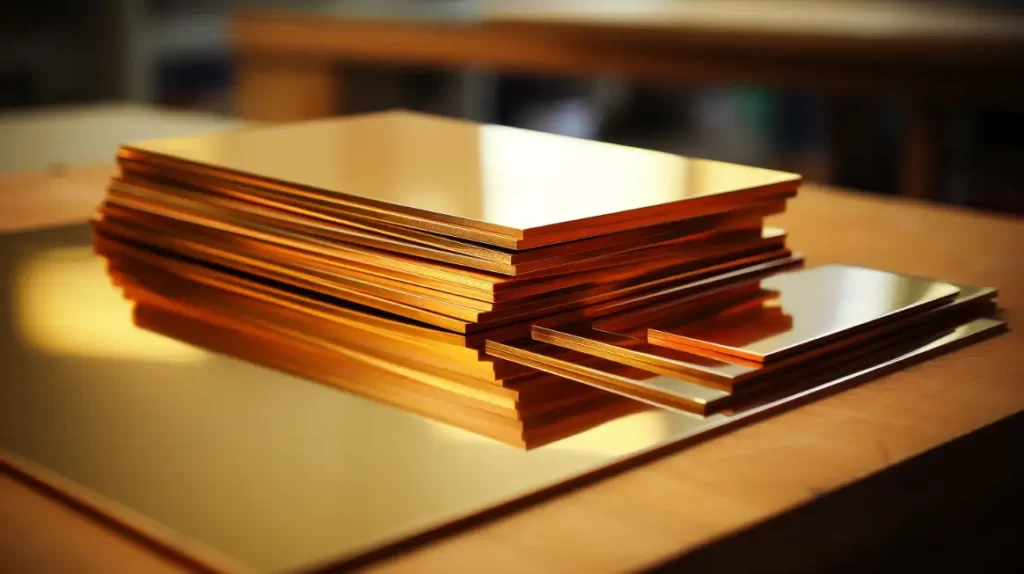
Applications of Brass Finishes
Brass finishes are used in many industries. They improve both appearance and performance. Below are common areas where different brass finishes are applied.
Architectural Hardware
Brass is popular in door handles, hinges, locks, and handrails. Polished and satin finishes give a clean, professional look. Aged or antiqued finishes offer a vintage or rustic style. These finishes also help hardware resist fingerprints and scratches.
Furniture and Decorative Items
Brass adds a touch of class to tables, chairs, and drawer pulls. Designers use brushed or oil-rubbed brass for a softer, warmer feel. Antique brass works well in vintage or classic styles. These finishes help match modern function with timeless design.
Plumbing Fixtures and Faucets
Bathroom and kitchen fixtures use plated or lacquered brass for protection against water and wear. Satin and brushed brass are trending due to their softer shine and ability to hide water spots. These finishes last longer in damp conditions and reduce cleaning needs.
Lighting Fixtures
Pendant lights, sconces, and lamp bases often feature brass. Polished finishes reflect more light and add elegance. Aged or verdigris finishes are used for a muted tone. They blend well with warm lighting and classic interiors.
Musical Instruments
Brass finishes play a role in both function and appearance. Trumpets, horns, and saxophones often use clear lacquer or silver-plated finishes. These protect the brass from tarnishing and keep the tone clear. The finish also affects how the instrument feels to the player.
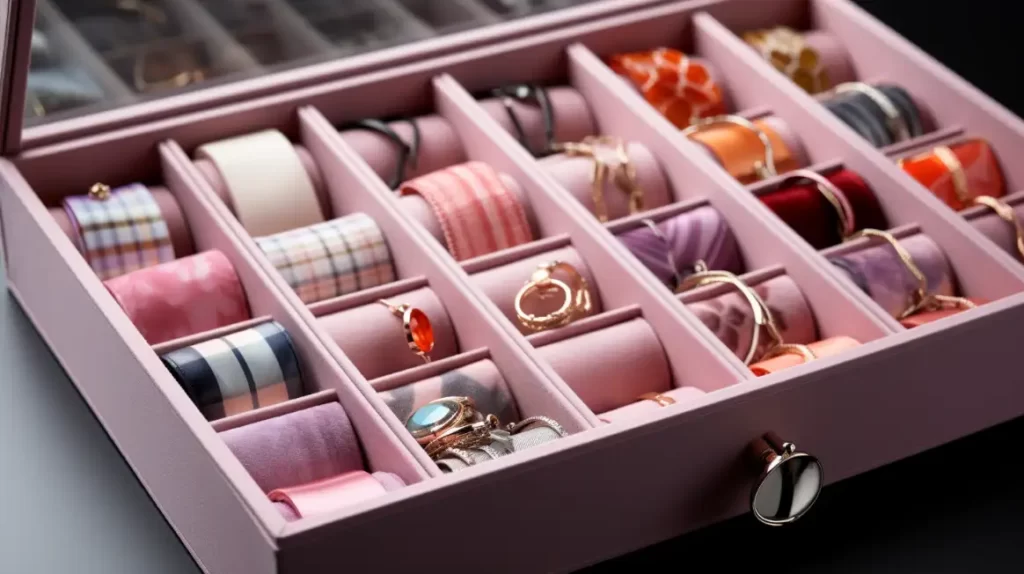
Choosing the Right Finish
Brass finishes affect more than looks. They influence performance, wear, and how well parts match the whole design. Here’s how to make a wise choice based on where and how your part will be used.
Indoor vs. Outdoor Use
Some finishes work better inside. Polished or lacquered brass can look great indoors. These finishes stay clean and bright longer in controlled environments.
Outdoor brass needs more protection. Moisture and air can cause fast changes. Oil-rubbed or antiqued finishes hold up better outside. They hide weather changes and wear.
Aesthetic Preference vs. Functional Needs
Polished brass looks shiny and bold. Satin or brushed finishes look softer and more modern. If looks matter most, pick the finish that matches your design.
For high-touch or working parts, function matters more. Brushed or antiqued finishes are better. They hide fingerprints, scratches, and signs of use.
Maintenance Expectations
Some finishes are easy to clean. Brushed and satin brass need little upkeep. Polished brass needs more care. It shows smudges and needs regular wiping.
Lacquered or coated brass lasts longer but may chip over time. If you want low maintenance, go for duller, matte finishes that don’t show wear.
Compatibility with Other Materials
If the brass part connects with other metals, watch for reactions. Some finishes may wear faster when next to steel or aluminum.
Also, think about color matching. Brushed brass may not look right next to chrome or nickel. Painted or plated finishes can help parts look more uniform.
Cost
Some finishes cost more. Hand-applied antique or aged effects take time. Polished brass is also labor-heavy. These options can raise your unit cost.
Basic brushed or satin finishes are more affordable. They’re faster to apply and often used in mass production. For low-volume or budget-focused parts, choose simple finishes.
Conclusion
Brass finishes affect both how a part looks and how it performs. Each type—polished, brushed, satin, antiqued, or coated—offers different benefits. The right finish depends on where the part will be used, the desired look, and how much upkeep is acceptable.
Need help to pick the right brass finish for your parts? Send us your project details—we’re here to guide you with quick, expert advice.
Hey, I'm Kevin Lee

For the past 10 years, I’ve been immersed in various forms of sheet metal fabrication, sharing cool insights here from my experiences across diverse workshops.
Get in touch

Kevin Lee
I have over ten years of professional experience in sheet metal fabrication, specializing in laser cutting, bending, welding, and surface treatment techniques. As the Technical Director at Shengen, I am committed to solving complex manufacturing challenges and driving innovation and quality in each project.

